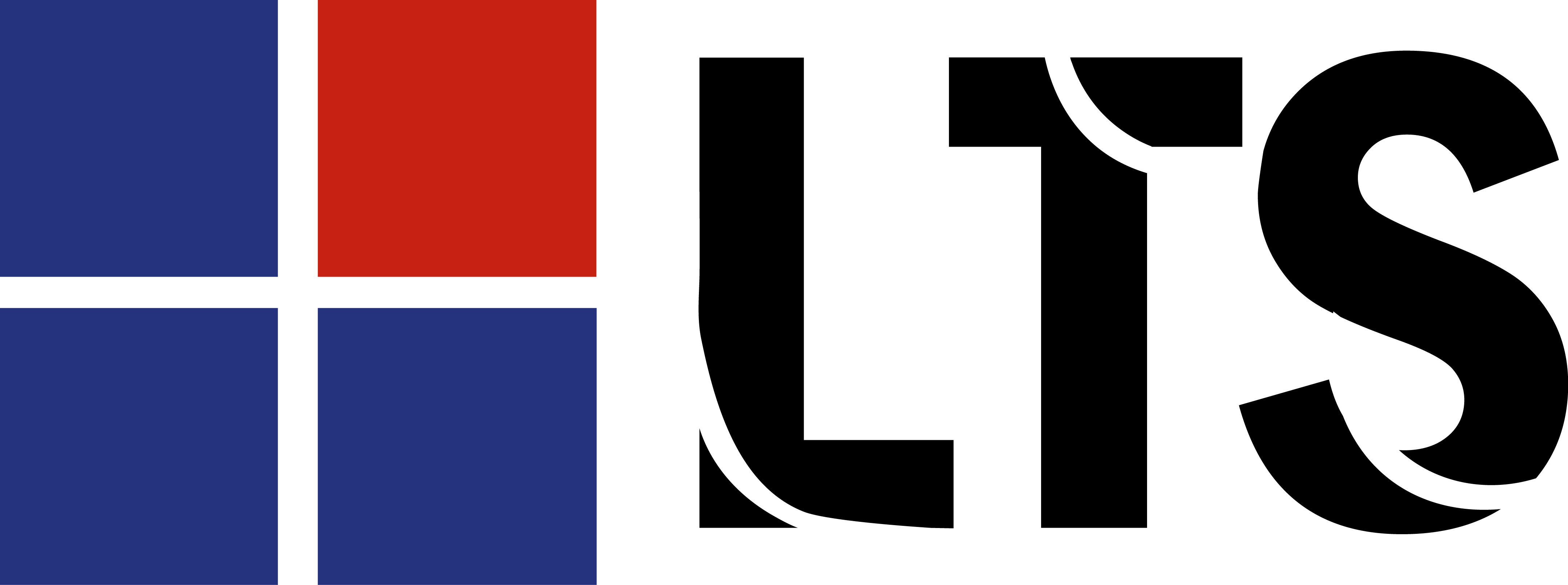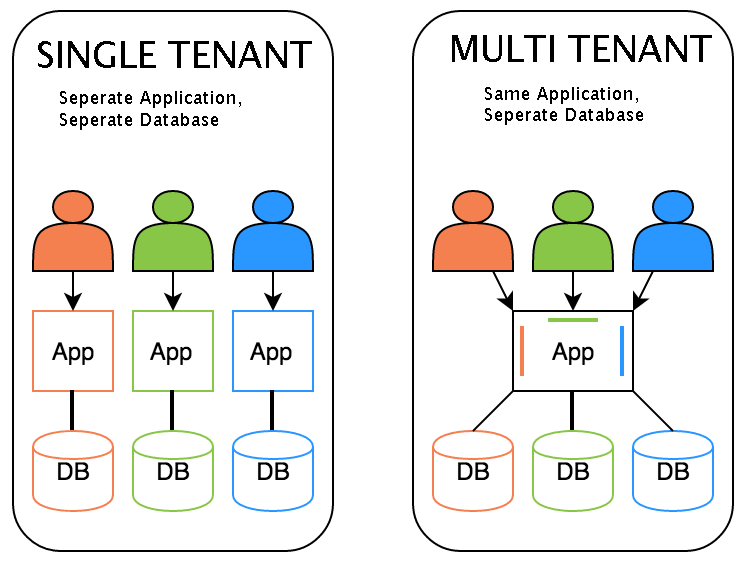Within a span of few years, SaaS(Software as a Service) has become quite notable. However, subscribers and providers of SaaS are still in dilemma about which of the two, single-tenant and multi-tenant SaaS, is the more beneficial one.
Tenants
Firstly, in order to understand the two better, it’s essential to comprehend their meanings. Tenants are customers/ subscribers/ clients /consumers of a service. A tenant can be a company that has its own set of subscribers or can be anyone from general public.
The former tenant is generally a user of B2B or Line-of-Business applications such as CRM; for example, Google Apps used for business purposes.
The latter tenant, however, is a user of Consumer oriented or B2C SaaS. Some of the popular examples are Twitter, Dropbox, Facebook, LinkedIn, etc. In these SaaS applications, general people are the tenants. What’s important to observe is that the above mentioned services initially started off as consumer oriented apps but gradually they are trying to expand into the B2B sector as well.
B2B services actually call for more advanced development efforts and architectural considerations, compared to B2C services.
Multi-tenant SaaS
Before recognizing the meaning of a multi-tenant SaaS, it’s crucial to discern the development and deployment process of a conventional web application. A web application is actually planned, developed and distributed, while keeping the demands of a single client in mind. Meaning, different code base and database instances are developed and deployed for every particular client. Consequently, if there are 200 clients then 200 code bases (builds) and 200 databases will have to be deployed and sustained.
Multi-tenant SaaS, on the contrary, is designed in a manner that it sustains a single codebase as well as a single database for n number of clients. Thus, if a company has 200 clients then they can all use the single code base and database immediately.
The European Network and Information Security Agency (ENISA), Cloud Security Alliance (CSA), The National Institute of Standards and Technology (NIST), and other agencies have already set multi-tenancy as one of the vital (or at least desired) characteristics of a Cloud SaaS.
Advantages of Multi-tenant for SaaS Provider
Reduction in Maintenance and Support: It becomes incredibly easy to support and maintain one code base and database, instead of maintaining and issuing patches for 200 code bases. Besides, it’s easier and simpler to update the code and infrastructure at a single place than doing the same in 200 different places.
Cost Efficient: In multi-tenant SaaS, resources like infrastructure, development and maintenance efforts are shared, which consequentially leads to cost savings. Even though, at first a multi-tenant SaaS might demand more time and effort, but it certainly pays in due course, once the subscriber volume is enlarged. In almost all cases, the sign-up by new subscriber and the on-boarding process is easily updated for nominal sales and support price.
A single-tenant provider, on the other hand, finds it difficult to give service at a reasonable price point after a point of time. In turn, he finds it hard to compete with other providers and consecutively becomes financially infeasible.
Security: Safe-guarding various applications of disparate clients can be wearisome for single-tenant SaaS providers. Conversely, multi-tenant SaaS providers can easily secure their clients’ applications by simply incorporating high-tech security software in their single code base and database. They can then deploy it with an infrastructure (IaaS) provider, who holds an impeccable reputation in security and up-time.
Advantages of Multi-tenant for SaaS Consumer
As stated already, a multi-tenant SaaS provider reaps in lot of benefits, which makes him efficient and effective and the consumers of this provider automatically stands to gain from the reaped in benefits. Due to increased efficiency, the number of subscribers of the said provider is likely to increase at a faster rate. In effect, the economies of scale would increase, which would in turn provide the service to consumers at a reasonable price point. Moreover, since the provider is handling all his consumers from a single code base and database instance, he would put in extra efforts to provide immaculate quality service.
Conclusion
Multi-tenant SaaS is any day better than single-tenant SaaS. Despite some minor problems that some subscribers might seldom face, the benefits of multi-tenancy make it the best alternative. So, the next time you sign up SaaS, do enquire about Multi-tenant SaaS.
About LTS
LTS is Outsourced Software Product Development Company with innovation centers in LA, Chicago and India. The Company expertise covers BI, SaaS based applications, Cloud Computing, Migration, Integration, Cross Platform, Testing, Mobility, Big Data, Product Development, SharePoint, SaaS Tenant and IoT Integrations.
To know more about LTS, contact us at enquiry@leosys.net or call us at 407-965-5509.

